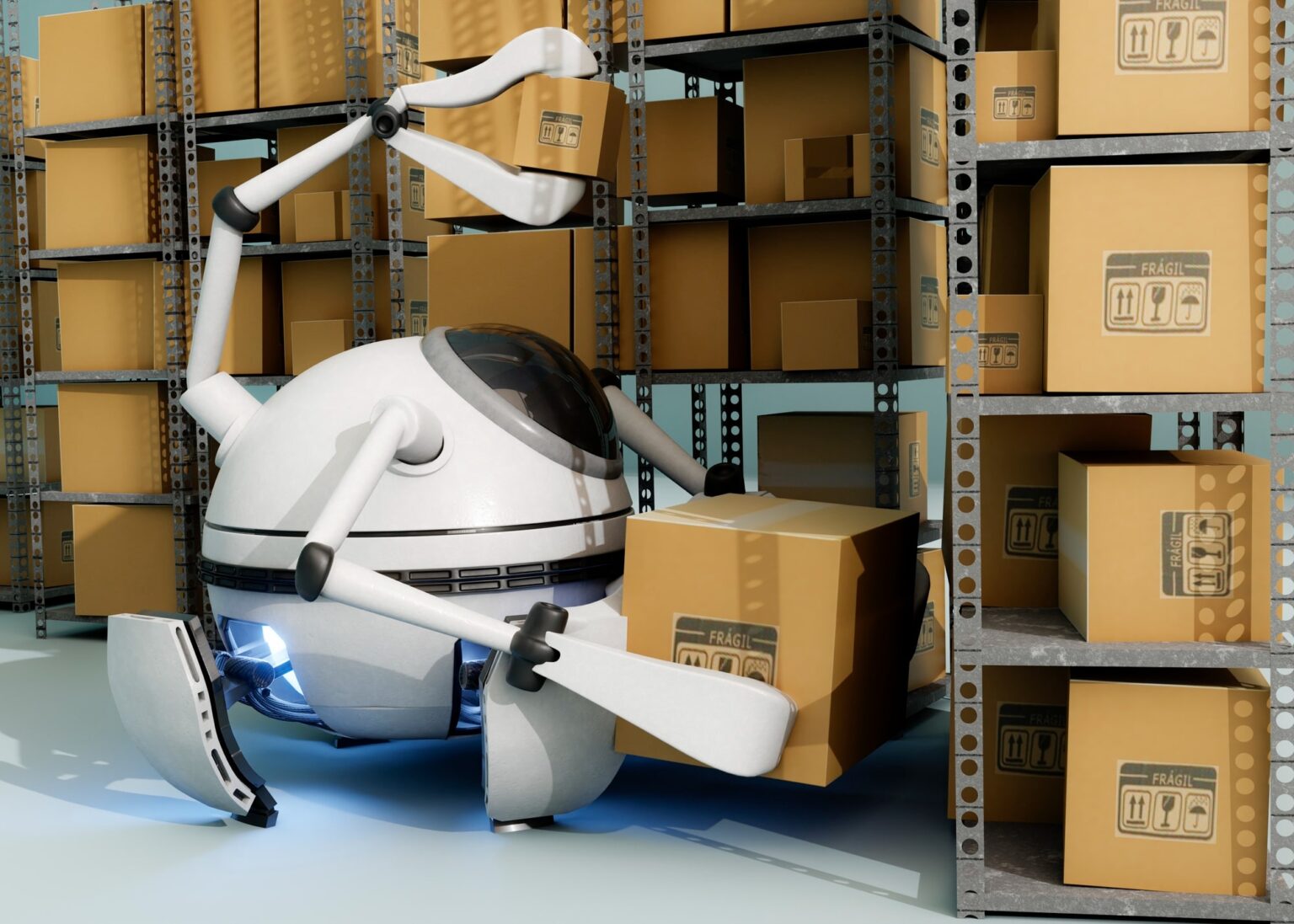Warehouse robotics is revolutionizing inventory management by automating various tasks and improving overall efficiency in warehouse operations. These robotic systems utilize advanced technologies such as artificial intelligence, computer vision, and automation to handle inventory-related tasks with speed and precision. Here are some ways warehouse robotics is transforming inventory management:
- Automated Picking and Packing: Warehouse robots can autonomously navigate through warehouse shelves, identify and pick items based on predefined algorithms or visual recognition systems. These robots can handle repetitive and labor-intensive tasks, such as picking individual items or assembling orders, with high accuracy and efficiency. This reduces human error, improves order fulfillment speed, and increases overall productivity.
- Inventory Tracking and Management: Robotics can be integrated with inventory management systems to track and manage inventory in real-time. Robots equipped with sensors and RFID technology can scan and identify items, update inventory records, and optimize storage locations. This helps in maintaining accurate inventory levels, reducing stockouts, and optimizing warehouse space utilization.
- Autonomous Mobile Robots (AMRs): AMRs are robotic platforms that can autonomously navigate through warehouse floors to transport goods or perform tasks. These robots can efficiently move items between different areas of the warehouse, enabling faster order fulfillment and minimizing manual material handling. They can adapt to changing environments, avoid obstacles, and optimize routes for efficient movement.
- Collaborative Robots (Cobots): Cobots are designed to work collaboratively with human workers. In inventory management, cobots can assist human operators in tasks such as sorting, counting, and organizing items. They can operate in close proximity to humans safely, enhancing productivity and reducing physical strain on workers.
- Warehouse Optimization: Robotics and automation systems can optimize warehouse layout and storage configurations. AI algorithms can analyze historical data and order patterns to determine the most efficient arrangement of goods, reducing travel time and improving picking and replenishment processes. Robotic systems can also automate inventory replenishment, ensuring timely restocking of popular items.
- Data Analytics and Insights: Warehouse robotics generates vast amounts of data that can be analyzed to gain valuable insights. AI algorithms can process data on order volumes, product demand, and inventory levels to optimize inventory replenishment, forecast demand, and identify patterns or anomalies. This helps in making data-driven decisions and improving inventory management strategies.
- Scalability and Flexibility: Warehouse robotics offers scalability and flexibility in managing inventory. As business needs change or seasonal demands fluctuate, robotic systems can be easily reprogrammed or reconfigured to adapt to new requirements. This allows warehouses to efficiently scale operations without significant infrastructure changes or disruptions.
By implementing warehouse robotics, companies can achieve higher inventory accuracy, improve order accuracy and fulfillment speed, optimize space utilization, and enhance overall operational efficiency. However, it is crucial to consider factors such as initial investment costs, system integration, and workforce training when adopting warehouse robotics to ensure successful implementation and maximum benefits.



